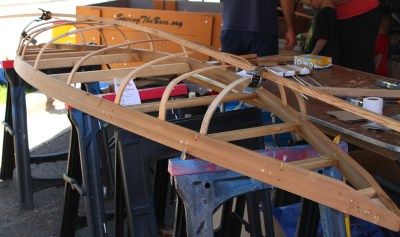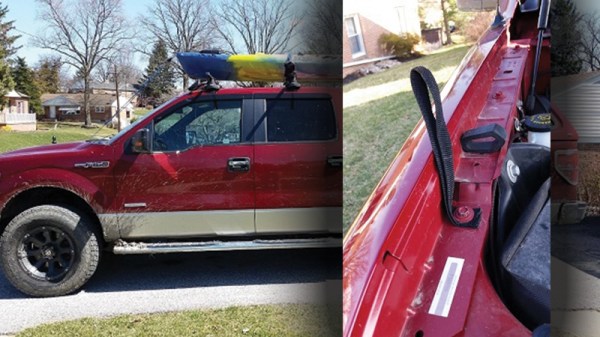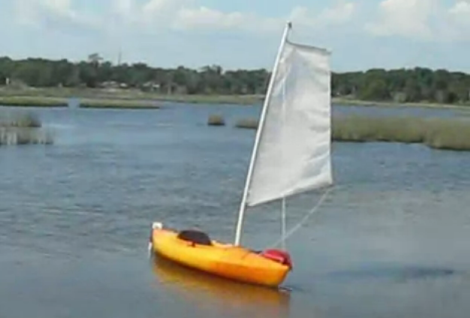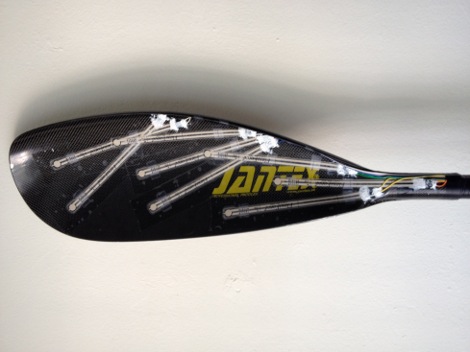This past weekend the Maker Faire returned to the motor city. While it seemed a bit smaller than previous years, the event still brought in a ton of awesome makers from the metro Detroit area and beyond.

Although we don’t feature too many woodworking projects, there were quite a few woodworkers at the Faire with projects ranging from custom longboards pressed with a home built iron mold to DIY kayaks with elaborate wooden skeletons built by a local group of Michigan kayak builders. The kayaks were quite impressive: hand sewn nylon panels are wrapped around custom frames made from steamed white oak. It’s great to speak with the makers about the specialized skills needed for kayak building.
Continue reading “Maglev, Submersibles, And More At Maker Faire Detroit”


















